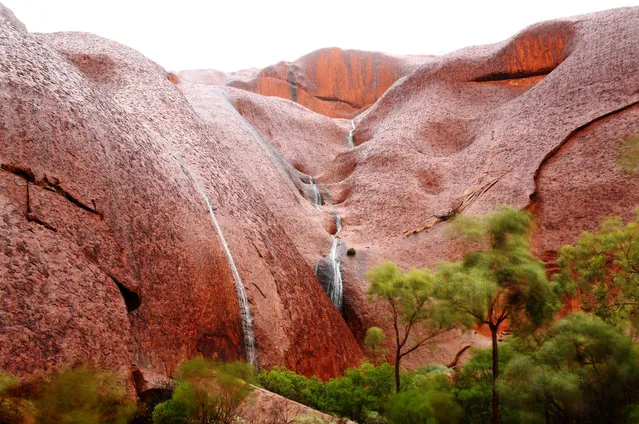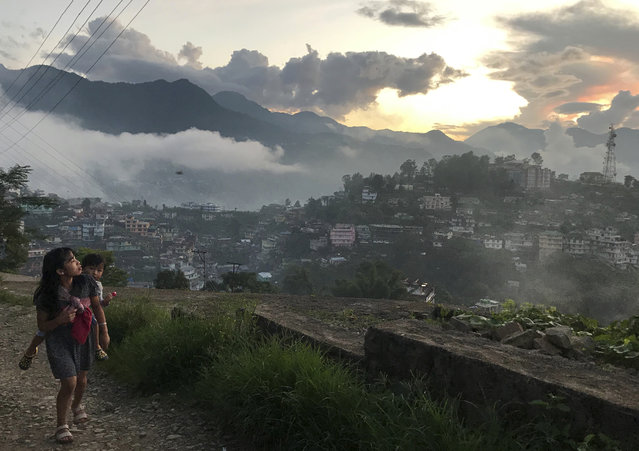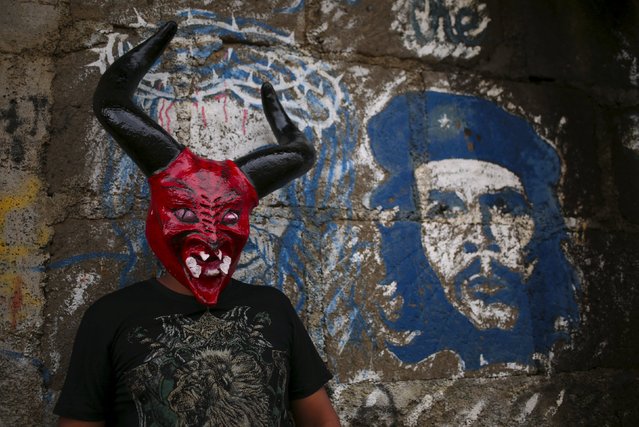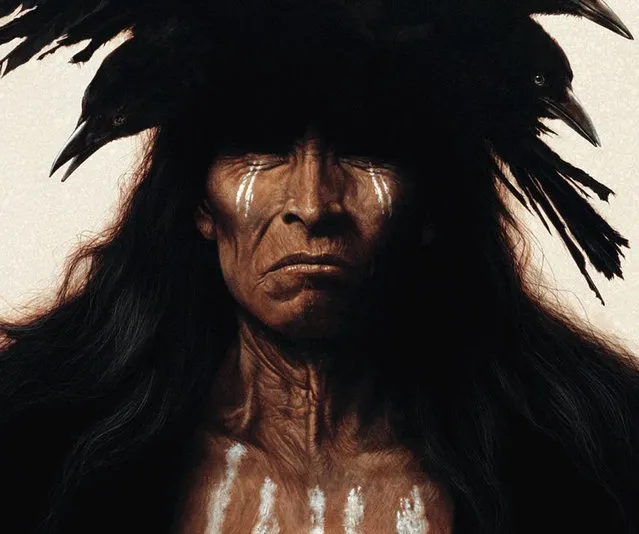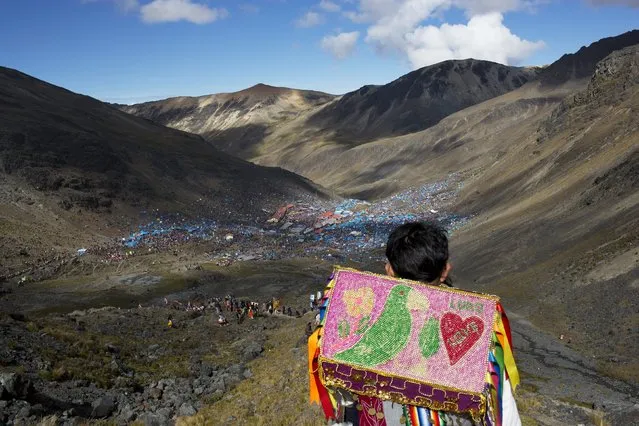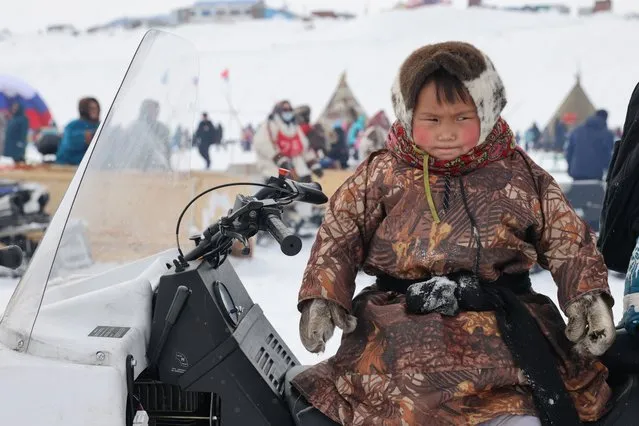
A child is seen during celebrations of Reindeer Breeder Day, the main holiday of indigenous peoples of the Russian Extreme North, in the village of Nosok on Taymyr Peninsula in north-central Siberia, Krasnoyarsk Territory, Russia on April 17, 2021. (Photo by Alexander Ryumin/TASS)
30 Apr 2021 08:56:00,post received
0 comments

